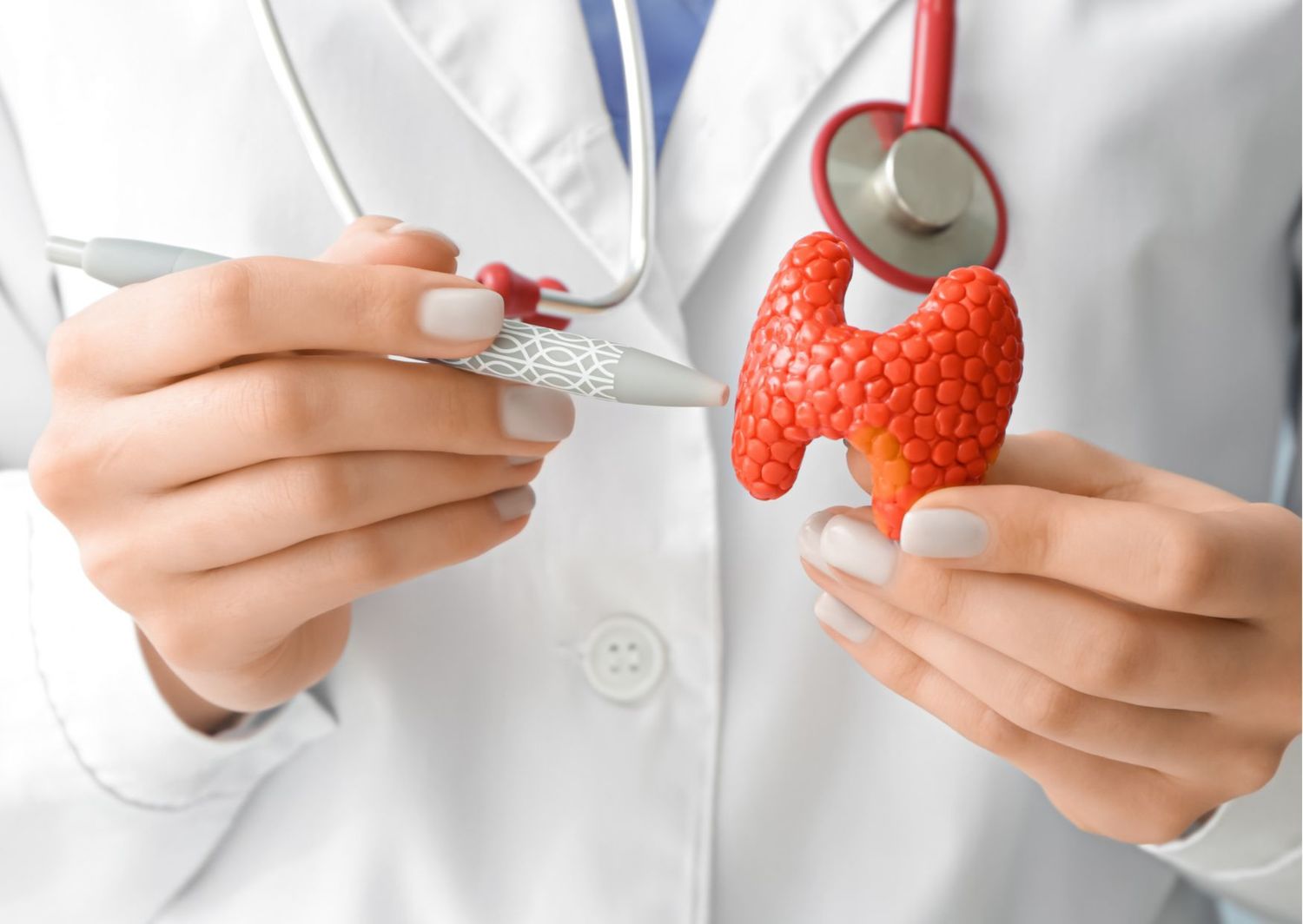Thyroid gland - what it is and how it works

Although most of us have heard of an organ like the thyroid gland, not everyone actually understands what it does. Let's try to find out together.
The processes to ensure life in the human body are very complex. Many different substances are needed for their development. The body takes in the necessary substances from the surrounding environment and involves them in ensuring vital processes, at the same time being able to excrete harmful and unnecessary substances. This process is called metabolism, and to put it simply, metabolism is the chemical transformation of substances in a living organism.
Two types of processes are observed during metabolism:
- substance formation reactions, in which organic substances with a complex structure are formed from simpler substances - plastic metabolism (anabolism, assimilation). Formation reactions consume energy;
- substance degradation reactions, in which compounds of complex structure are degraded and energy is released - energetic metabolism (catabolism, dissimilation).
So the thyroid gland helps control metabolism in both the catabolic and anabolic systems.
The thyroid gland is located in the front part of the neck and weighs ~30 g in healthy people, and its dimensions vary depending on gender, age, iodine and trace element content in the surrounding tissue.
The thyroid gland secretes special substances called thyroid gland hormones into the blood, and they play an important role in the functioning of the body's cells. Normally, thyroid hormones are produced in small doses, and their level in the blood is regulated by the pituitary gland in the brain with the help of a special hormone - pituitary thyrotropin-releasing hormone (TSH).
When it comes to thyroid hormones, two main thyroid hormones definitely come to mind: triiodothyronine (T3) and tetraiodothyronine, or thyroxine (T4). They are produced by thyroid gland cells - thyrocytes. The thyroid gland synthesises T4 from the amino acid tyrosine by iodising it. Physiologically, T4 is much more inactive than T3 and its turnover is relatively slower. Physiologically, T3 is much more active than thyroxine and its turnover is three time faster.
However, apart from these there are also the thyroid gland hormones T0, T1 and T2. They are less heard of, because T0, T1 and T2 are thought to play a minor role in the thyroid gland and the rest of the body, mainly serving as precursors (triggers) for T4/T3 formation and being by-products of hormone synthesis. They have no effect on the thyroid gland hormone receptors and seem to be completely inert.
The thyroid gland also produces calcitonin. Calcitonin is a hormone produced by special C-cells of the thyroid gland. Calcitonin participates in the regulation of calcium metabolism. It inhibits the resorption of calcium from bones into the blood and reduces calcium absorption by the kidneys, although its role in calcium regulation is small compared to parathyroid hormone and vitamin D. Determination of calcitonin in the blood is particularly important in the detection of various tumours.
Iodine is necessary for the normal functioning of the thyroid gland. 83% of the total amount of iodine in the body is in the thyroid gland. This is so significant because iodine is the main component of thyroid gland hormones. One of the basic functions of the thyroid gland is to filter all the blood in the human body. Iodine helps the thyroid gland to clean the blood of microbes during filtration and also to form thyroid hormones.
For insufficient thyroid gland function, or hypothyroidism, we have developed a 100% natural, Latvian-made food supplement THYROKLER. The product, which contains bladderwrack (contains more vitamins and minerals than any other food product, inter alia, it is a natural source of iodine, which is organically included in cell metabolism), the trace elements zinc and selenium and the amino acid L-tyrosine, ensures the normal development of thyroid hormones and thus also the normal functioning of the thyroid gland.
Learn more about the product here: THYROKLER
 Free delivery to Omniva parcels throughout the Baltics for purchases from 20 euros!
Free delivery to Omniva parcels throughout the Baltics for purchases from 20 euros!
